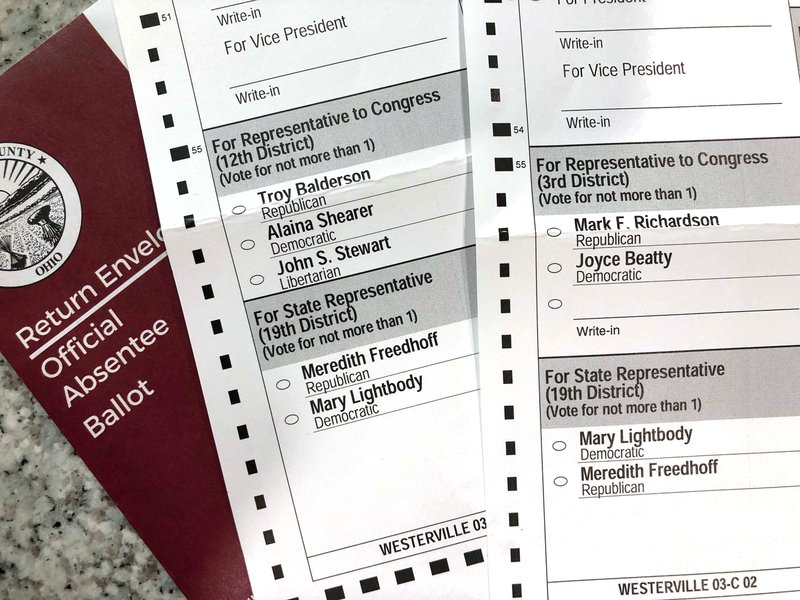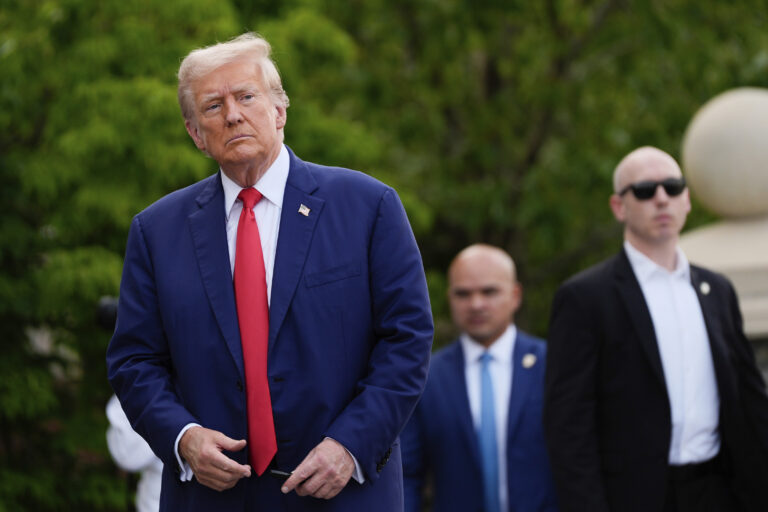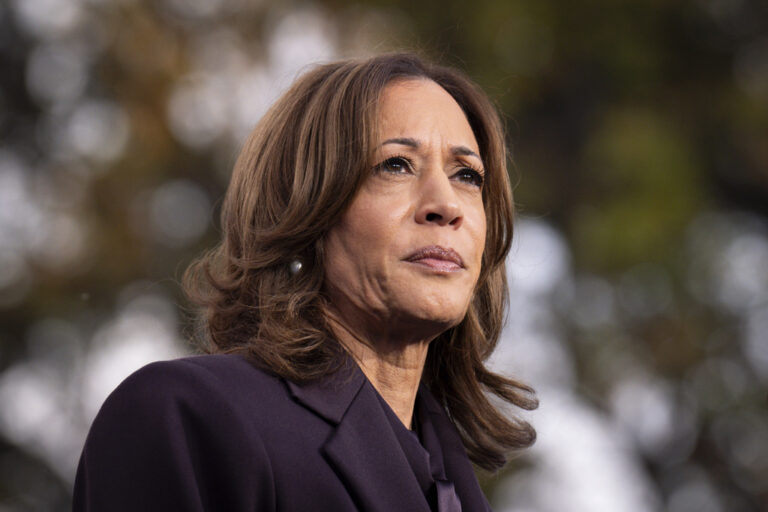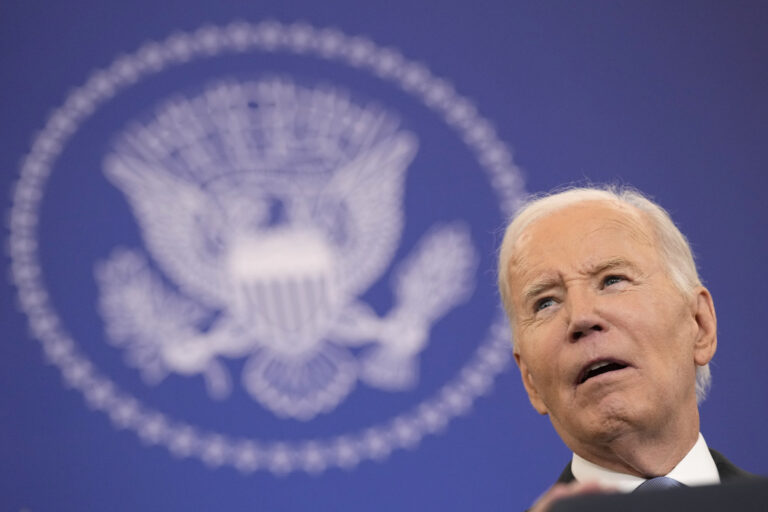Several high-profile cases of voters getting incorrect blank absentee ballots in the mail are raising questions about how often such mix-ups occur and whether they could affect this year’s presidential election.
Mail-in ballots are under heightened scrutiny this year as voters request them in record numbers amid the coronavirus pandemic and President Donald Trump launches baseless attacks against the process.
Snafus occur during every election, but experts say there should be adequate time between now and the close of polls on Nov. 3 to resolve them. U.S. elections are massive, decentralized undertakings involving hundreds of thousands of election workers and multiple contractors. Mistakes happen.
“In a normal election year, there are stories of voting machines configured for the wrong precinct. As voters shift to voting by mail, the equivalent error is a batch of ballots mailed out with the wrong ballot style,” said Doug Jones, a University of Iowa election technology expert.
Elections officials, ballot suppliers and security researchers say such problems do occur with some regularity. They don’t indicate fraud, they say, but rather human error.
WHAT IS HAPPENING?
About 100,000 absentee ballots with the wrong names and addresses printed on the return envelopes were sent to voters in Brooklyn, N.Y., in late September. Ballots returned in envelopes bearing different names would risk being voided.
The city’s election board blamed the ballot-printer, Phoenix Graphics of Rochester, N.Y., which said without elaborating that it “experienced mechanical-inserting issues” in what was its first ballot-printing run for the affected counties.
And this week, an as-yet undetermined number of voters in Franklin County, home to Ohio’s capital, received the wrong absentee ballots, while 2,100 voters in Los Angeles were mailed ballots missing the presidential race. Franklin County officials did not offer an explanation, while a Los Angeles elections spokesman blamed an unspecified printing error but did not say who did the printing.
Amber McReynolds, a former Denver elections director and CEO of the nonprofit National Vote at Home Institute, said such errors are more likely to happen in states with less experience in mail-in voting than vote-by-mail veterans Colorado, Washington, Oregon, Utah and Hawaii.
Older machines that insert ballots and return envelopes inside the larger envelopes mailed to voters can get jammed or otherwise send the process askew. Errors can be identified before they get mailed out by auditing a certain percentage. Newer “intelligent inserters” are less prone to error.
“It’s (typically) an operator making a mistake and just not turning something on, as simple as that sounds,” said Jeff Ellington, president of the Phoenix-based Runbeck Election Services, a major ballot printer. The insertion process is the most complicated part of vote-by-mail, he said.
The company whose inserter was used in Franklin County, Bluecrest Inc., did not offer an explanation in a response to a request for comment. In a release, the county said “a high-speed scanner used to proof ballots for accuracy was not working properly.”
DOES THIS MAKE MAIL VOTING LESS RELIABLE THAN IN-PERSON VOTING?
Certainly not, the experts say. Take the Los Angeles County snag. County elections spokesman Mike Sanchez said every affected voter has already been mailed a corrected ballot.
“You can make the argument that if this same mistake happened on Election Day, there would be no time to recover,” said Ellington, the Runbeck president.
Jones, the University of Iowa professor, said mistakes are inevitable in a complex general election. His bigger concern is the tendency of some election officials to rely heavily on outside contractors, for mail-in and in-person voting.
“When we outsource, we lose transparency and we lose accountability,” he said.
(AP)











